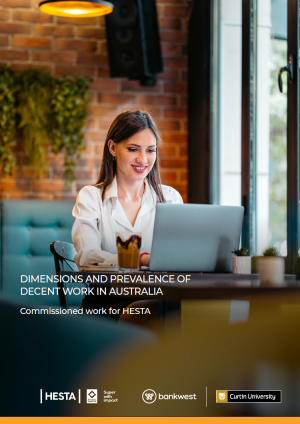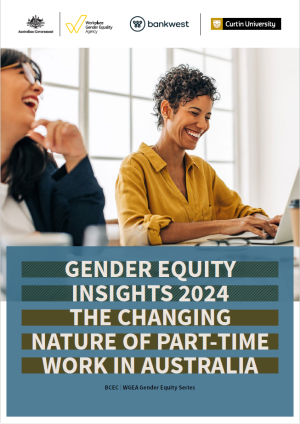Health, Wellbeing and Disadvantage
While standards of living are at a historical high, significant diversity exists within the population, as individuals are exposed to different opportunities and experiences over the life course. This research theme is broadly divided into three strands. The first aims to develop and refine measures of wellbeing and economic opportunity in Australia. The second strand focuses on barriers to economic participation by disadvantaged subgroups and how their access to economic opportunities might be improved. Subgroups of interest include people living in poverty, sole parents, long-term older renters, the unemployed, and people with disabilities. The third strand looks more broadly at the links between health and wellbeing and economic or social participation. For instance, how do health conditions affect future economic and social outcomes? What role do working conditions (e.g. flexible working practices) play in driving life satisfaction? What are the employment outcomes of people with caring responsibilities?
Related Projects
See All Mental Awareness, Respect and Safety (MARS) Landmark Study
Mental Awareness, Respect and Safety (MARS) Landmark Study
 WA Women’s Report Card 2022
WA Women’s Report Card 2022
 Family and Domestic Violence Leave Review
Family and Domestic Violence Leave Review
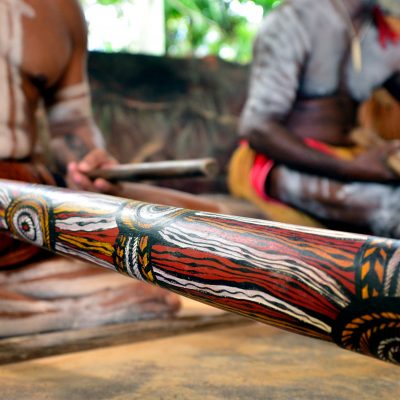 Aboriginal and Torres Strait Islander Australians and the superannuation system
Aboriginal and Torres Strait Islander Australians and the superannuation system
 Can bribing keep the doctor away? Health Consequences of bribery
Can bribing keep the doctor away? Health Consequences of bribery
 WA Women’s Report Card 2019
WA Women’s Report Card 2019
Related Publications
See All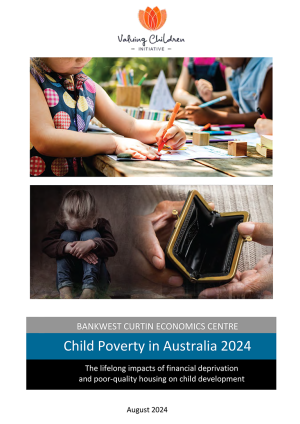 Our children are the future of our nation. An Australia with a bright future is one in which all children have what they need to grow and thrive. As research tells us more about the critical role of early development... Read article
Our children are the future of our nation. An Australia with a bright future is one in which all children have what they need to grow and thrive. As research tells us more about the critical role of early development... Read article
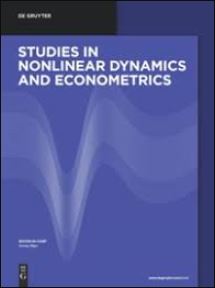 In this study, we examine the relationship between income inequality and mental health using a sample of low and middle-income countries over the period 1990–2019. Using a dynamic panel threshold model that allows for endogeneity in both the regressors and... Read article
In this study, we examine the relationship between income inequality and mental health using a sample of low and middle-income countries over the period 1990–2019. Using a dynamic panel threshold model that allows for endogeneity in both the regressors and... Read article
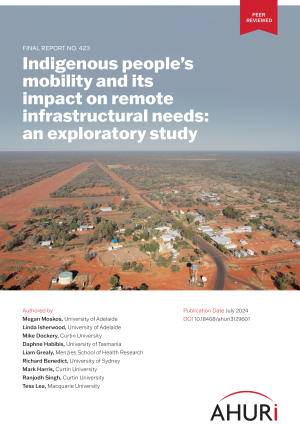 With Indigenous populations at risk of higher rates of infection and more serious disease than non-Indigenous populations, a policy of returning to remote communities (i.e. Return to Country) was encouraged during the COVID-19 pandemic. This policy led to high expectations... Read article
With Indigenous populations at risk of higher rates of infection and more serious disease than non-Indigenous populations, a policy of returning to remote communities (i.e. Return to Country) was encouraged during the COVID-19 pandemic. This policy led to high expectations... Read article
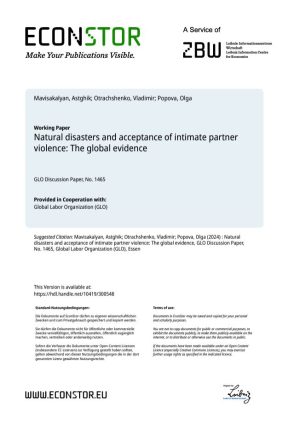 This paper examines the dynamic impact of natural disasters on the individual acceptance of a physical form of intimate partner violence (IPV). Based on a global sample of individual survey data and historical geo-referenced records of natural disasters at a... Read article
This paper examines the dynamic impact of natural disasters on the individual acceptance of a physical form of intimate partner violence (IPV). Based on a global sample of individual survey data and historical geo-referenced records of natural disasters at a... Read article
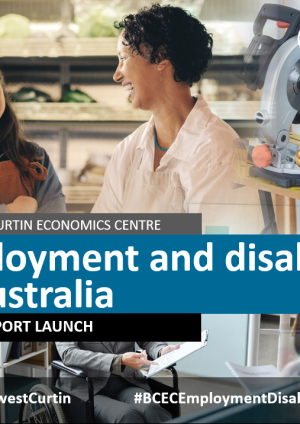 View the presentation by lead authors Professor Mike Dockery, Principal Research Fellow, and Professor Alan Duncan, Director, both of Bankwest Curtin Economics Centre, from the launch of the report Employment and disability in Australia: Improving employment outcomes for people with disability, on... Read article
View the presentation by lead authors Professor Mike Dockery, Principal Research Fellow, and Professor Alan Duncan, Director, both of Bankwest Curtin Economics Centre, from the launch of the report Employment and disability in Australia: Improving employment outcomes for people with disability, on... Read article
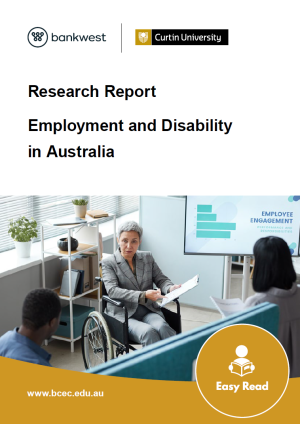 This is a research report from the Bankwest Curtin Economics Centre. We wanted to do this research to make things better for people with disability to get a job. We also wanted to find out what is being done now... Read article
This is a research report from the Bankwest Curtin Economics Centre. We wanted to do this research to make things better for people with disability to get a job. We also wanted to find out what is being done now... Read article


